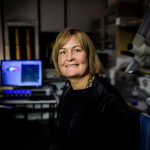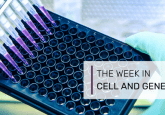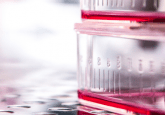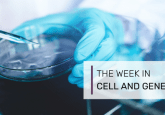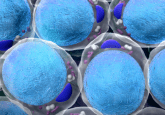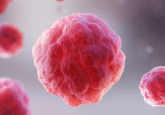Developing a stem cell-based therapy for Parkinson’s disease: an interview with Malin Parmar
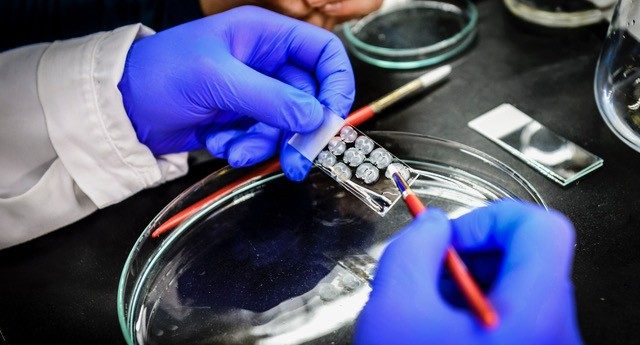
Professor Parmar is presenting at ELRIG Cell & Gene Therapy (18–19 May, online) on stem cell-based therapy for Parkinson’s disease; find out more and register here >>>
Please briefly introduce yourself and your institution
My name is Malin Parmar and I am Professor at Lund University (Sweden) where I lead the group Developmental and Regenerative Neurobiology.
How do the mechanisms of in vitro differentiation or conversion of cells and in vivo conversion differ? Which one is more suitable for treating neurodegenerative diseases such as Parkinson’s?
Pluripotent stem cells are cells with inherent capacity to generate any cell type of our bodies in a process called differentiation. So when we differentiate stem cells towards dopamine neurons we use extrinsic signals to streamline and efficiently guide this process. Other types of cells, which do not have an inherent capacity for generating neurons, can be reprogrammed into neurons. This can be done, for example, from skin cells in vitro or from glial cells in the brain. When this reprogramming process is performed inside the brain it is called in vivo conversion.
What challenges have there been in establishing robust differentiation protocols for embryonic stem cell-derived neurons?
The main challenges include precise patterning, reproducibility and GMP adaptation.
What markers do you use for subtype-specific neurons and how do you avoid differentiation into unwanted subtypes?
We have QC panels to defined target cells as well as unwanted cell types using flow cytometry. For pluripotent stem cell products, the major safety concern is remaining pluripotent cells in the final cell preparation; this is assessed for in large scale in vivo studies.
What do you think will be the next advance in the production or application of cell-based therapies?
I think we will see two types of developments for pluripotent stem cell therapies. One is the generation of immune-evasive cells as starting material, which would rid the need for immune suppression. The other is patient-specific treatments.
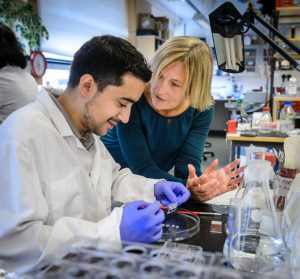
Image credit: Malin Parmar
What other talks are you looking forward to attending at ELRIG Cell & Gene Therapy 2021 and why?
I look forward to the talk by Michele de Luca. His project is a fantastic inspiration!
Disclaimer
The opinions expressed in this interview are those of the interviewee and do not necessarily reflect the views of RegMedNet or Future Science Group.
Find out more and register to attend Professor Parmar’s talk on stem cell-based therapy for Parkinson’s disease here >>>
